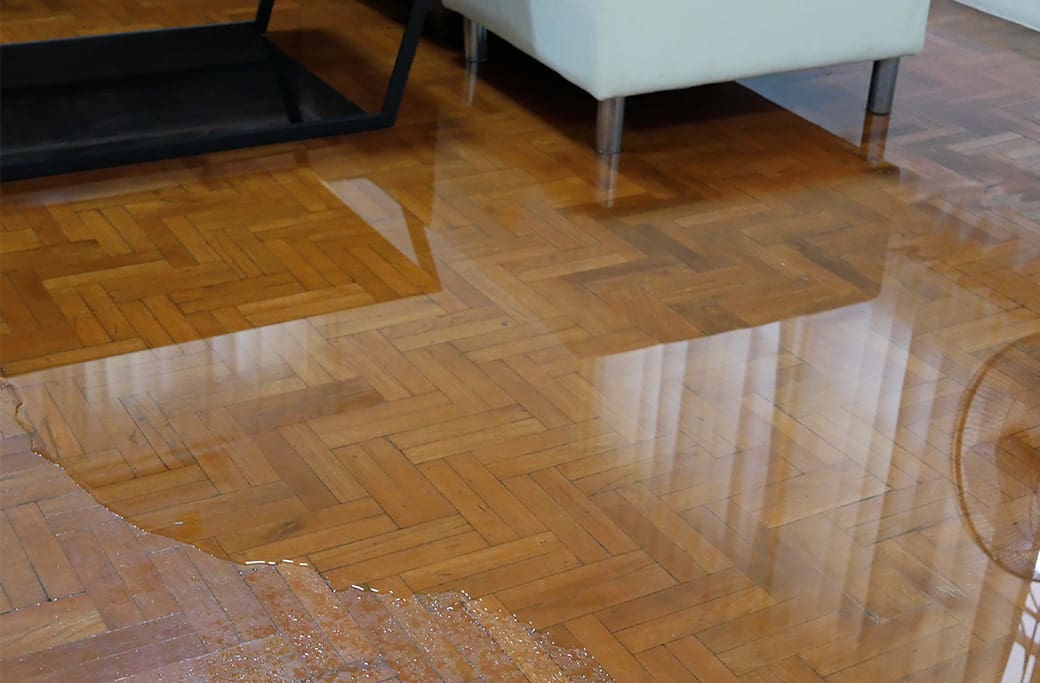
Water damage is a sneaky opponent. It doesn’t knock politely before entering your home; it barges in, often when you least expect it, wreaking havoc on floors, walls, and precious belongings. Whether it’s a burst pipe in the laundry room or an overflowing bathtub, water damage can happen anytime. Being prepared before professional help, like STOP Restoration, arrives can significantly reduce the impact of such emergencies. That’s why it’s vital to understand the immediate steps homeowners can take when faced with a home water emergency.
Know Where the Water Shut-Off Valve Is
One of the most critical steps in managing a home water emergency is locating and using the water shut-off valve. Cutting off the water supply quickly can prevent further flooding and reduce potential damage. But, many homeowners aren’t sure where to find this vital piece of plumbing.
Typically, the main water shut-off valve is located indoors, near the perimeter of your house. You might find it in the basement or crawl space, or sometimes near the water heater. Familiarize yourself with its location so that in an emergency, you can act swiftly.
Regularly checking the valve for functionality is also important. Ensure it turns easily, and no rust has built up, which could hinder its operation. A little maintenance now can save you from a bigger headache later.
Locate Your Breaker Panel for Electrical Safety
Water and electricity are a dangerous mix, making it essential to cut power in areas affected by water immediately. Knowing where your breaker panel is and how to use it is vital for ensuring safety during a water emergency.
The breaker panel, or electrical panel, is usually located in a utility room, basement, or garage. It’s a metal box containing switches that control your home’s electricity. In an emergency, turn off the electricity in the affected area to avoid the risk of electric shock or fire.
Accessing the breaker panel safely during an emergency requires caution. Always ensure your hands are dry before touching the panel, and use a flashlight instead of risking wet circuits.
Use a Wet/Dry Vac for Small Water Cleanup
A wet/dry vac is an invaluable tool when dealing with minor water incidents. It efficiently sucks up water from carpets, floors, and other surfaces, making the cleanup process faster and more manageable. However, it’s essential to use this tool safely, especially in waterlogged areas.
Before using a wet/dry vac, ensure the area is safe, with no electrical hazards present. Follow the manufacturer’s instructions and wear protective gear if necessary. For minor water damage, a wet/dry vac can be a lifesaver, but always know your limits. If the water damage is severe, it’s best to call in professionals.
Maintain Smoke Alarms and Batteries
Water damage can lead to unexpected hazards, including electrical fires, which makes maintaining your smoke alarms essential. Regularly check your smoke alarms to ensure they are functioning correctly and change the batteries at least once a year.
After any water damage incident, test your smoke alarms to make sure they’re working. Water exposure can sometimes affect their performance, reducing their ability to alert you in case of a fire.
Having functional smoke alarms is a simple step that can prevent a water emergency from turning into a more significant disaster. A few minutes spent checking them can provide peace of mind and safety.
Additional Tools and Items to Have on Hand
Preparation is key to effectively handling a home water emergency. Having the right tools and items on hand can make all the difference when time is of the essence. Here’s a list of essential items:
-
- Wet/Dry Vac: Great for cleaning up small water spills quickly.
- Towels and Buckets: To soak up and contain water during smaller leaks.
- Flashlights with Fresh Batteries: Useful for safely navigating dark, wet spaces.
- Emergency Contact Numbers: Keep a list of numbers, including STOP Restoration, for quick access to professional help.
Consider creating a home emergency kit specifically for water damage situations. This kit should include all the above items, plus any additional supplies that may suit your unique home needs. Having everything you need in one place will help you respond quickly and effectively.
Water Damage Emergency Response: Essential Homeowner Tips
Dealing with water damage can be stressful, but knowing these basic steps can help minimize the risks to your home. From locating your water shut-off valve to maintaining smoke alarms, preparation is your greatest ally in a home water emergency.
Remember, while taking these steps can mitigate damage, professional help is often needed for complete restoration. At STOP Restoration, we’re here to assist with follow-up services and ensure your home is back to its original state. Don’t hesitate—contact us today to schedule an inspection or consultation to assess your water damage preparedness. Let’s keep your home safe and sound.




